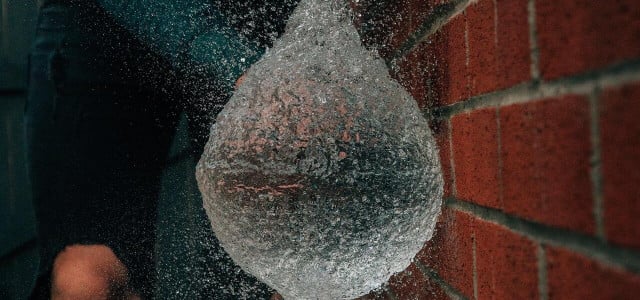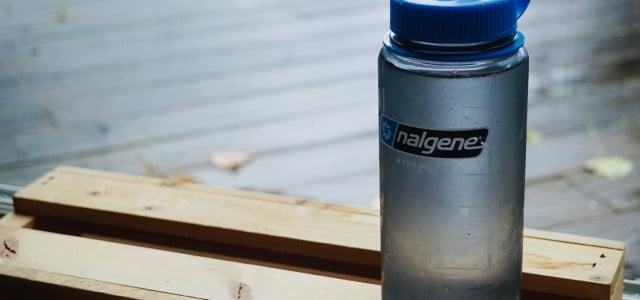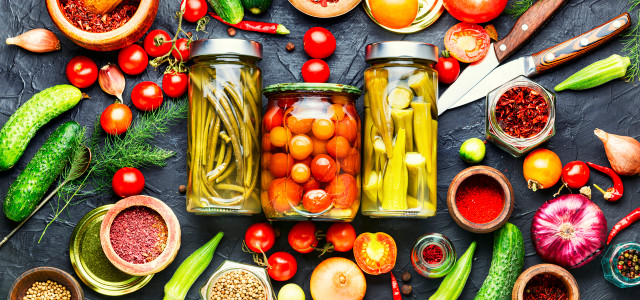Edible water bottles are the latest internet trend. But how are they made, and just what is the benefit? We'll take a closer look and show you how to make your own.
We all know that drinking water is essential for our health. And when it comes to choosing the most eco-friendly water bottles, many people turn to some form of reusable bottle. But they’re not always the most convenient option. Reusable plastic can lead to plastic molecules, glass bottles break, and metal bottles are heavy — and reusing plastic water bottles meant for single use isn’t a good option for your health, either.
The good news is that there are other options. One of these options is the edible water bottle. Although it’s not exactly a bottle and more like a bubble, many people are experimenting with edible water. This is a relatively new trend that has caught on across the internet. Once you learn more about it, you might want to give an edible water bottle a try.
What Are Edible Water Bottles?
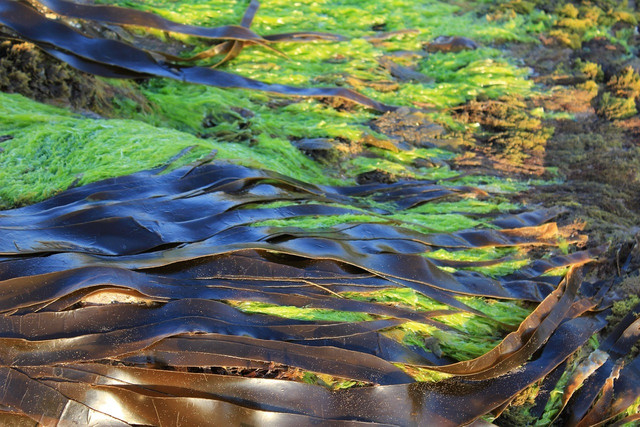


(Foto: CC0 / Pixabay / bluebudgie)
An edible water bottle is a water bottle that is made out of food. They are usually made out of sodium alginate derived from seaweed combined with calcium lactate, a form of calcium supplement. Since it is a form of calcium made from lactic acid, you can find vegan varieties.
Both ingredients are odorless and tasteless on their own, but you can add fruit or sweetener to the recipe if you want flavored water. It is essential to make sure that you follow the recipe and make sure that the food you use has the right consistency for the edible water bottle. If you make a mistake, the bottle will not work. But if you follow the recipe, you can have a plastic-free and compact drink.
How to Make an Edible Water Bottle
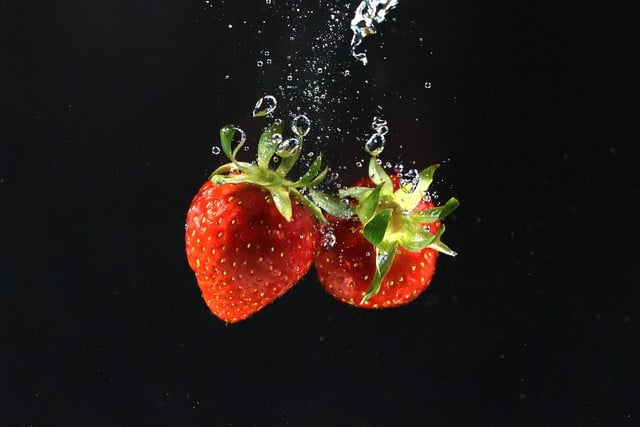


(Foto: CC0 / Pixabay / ddcsteinhoff)
You can find the ingredients for edible water bottles quite easily online or at your local health foods store. Calcium lactate usually comes in tablet form, so if you can’t find the powder, you can crush it at home, and it’ll do the same job. If you struggle to dissolve the sodium alginate by hand, you can use an electric hand whisk instead of a spoon.
Ingredients:
- 5 cups water
- 1g sodium alginate
- 5g calcium lactate
- Optional: Non-acidic fruit juices or sweeteners
Tools:
- 2 bowls
- Regular spoon
- Slotted spoon
Instructions:
- In a bowl, mix 1 cup of water with the sodium alginate. Stir until fully dissolved.
- In a separate bowl, mix the remaining water with the calcium lactate.
- Optional: Add juice or sweetener. If adding juice, reduce how much water you add.
- Spoon one tablespoon of the sodium alginate solution into the bowl of calcium lactate. Slowly add 3-5 more spoonfuls, but do not fill the entire bowl.
- Gently stir for 3 minutes until bubbles begin to form.
- Carefully, using the slotted spoon, remove one bubble at a time.
You can place them in a container of your choice. Depending on their thickness, they will last a few days to a week. But they are sensitive to jostling, so if you can, try a clean or baking paper-lined egg carton or segregated box to avoid spillage.
Also interesting: How Long Does Bottled Water Last? Does It Matter?
How Do Edible Bottles Work, and Why Are They Important?



(Foto: CC0 / Pixabay / Pexels)
The main characteristic of edible water that gives them its gluttonous consistency is a reaction called polymerization. Polymerization occurs when small molecules called monomers — usually a chain of single molecules combine to create a more complex structure or a polymer. In the case of edible water bottles, this happens between the sodium and calcium compounds.
The benefit of this structure is that it creates an outer casing for the water, which acts as a membrane without needing a bottle or plastic exterior. Plastic pollution is an ongoing problem in the US.
According to the EPA, in 2018, plastic waste reached over 14.5 million tonnes. And of this plastic waste, less than 30% was recycled. So where are the other 4.3 million tonnes? Unfortunately, the remaining plastic ends up in landfills where it can sit for over 450 years or is burnt, releasing harmful emissions.
While the idea of edible bottles is still in the early stages of development, it is compostable, short-lived, and can be derived from sustainable sources. What’s not to love?
Tips and Takeaways
If you want to stay hydrated without contributing to throw-away plastic, an edible water bottle is a great idea. The most important thing to remember when making an edible water bottle is that it dissolves in contact with water. So, try not to get it wet. Otherwise, you’re free to experiment with different flavors or even minerals to add a healthy kick to your water.
In short, edible water bottles are fun to make and can help make a difference at the same time.
Read more:
- BPA and Plastics: What is BPA-Free?
- Plastic Pollution in the Ocean: What Can I Do About It?
- Plastic Packaging that Makes You Question Humanity
Do you like this post?






